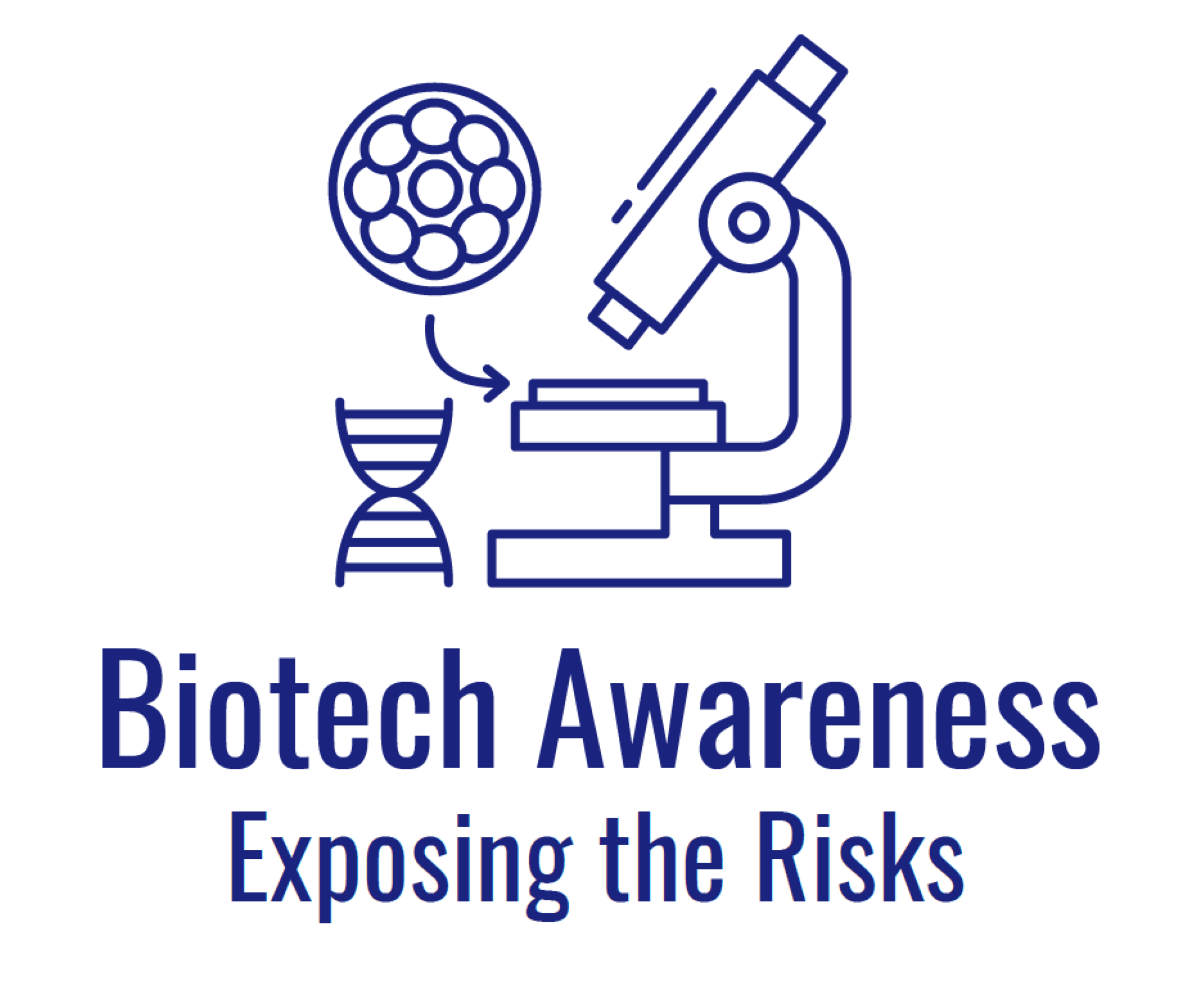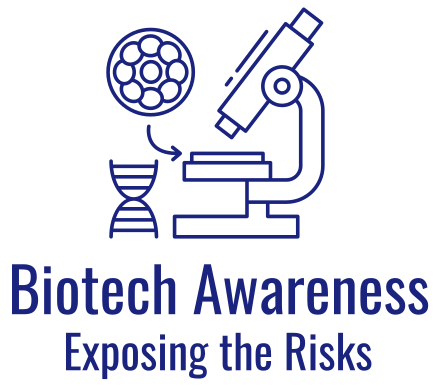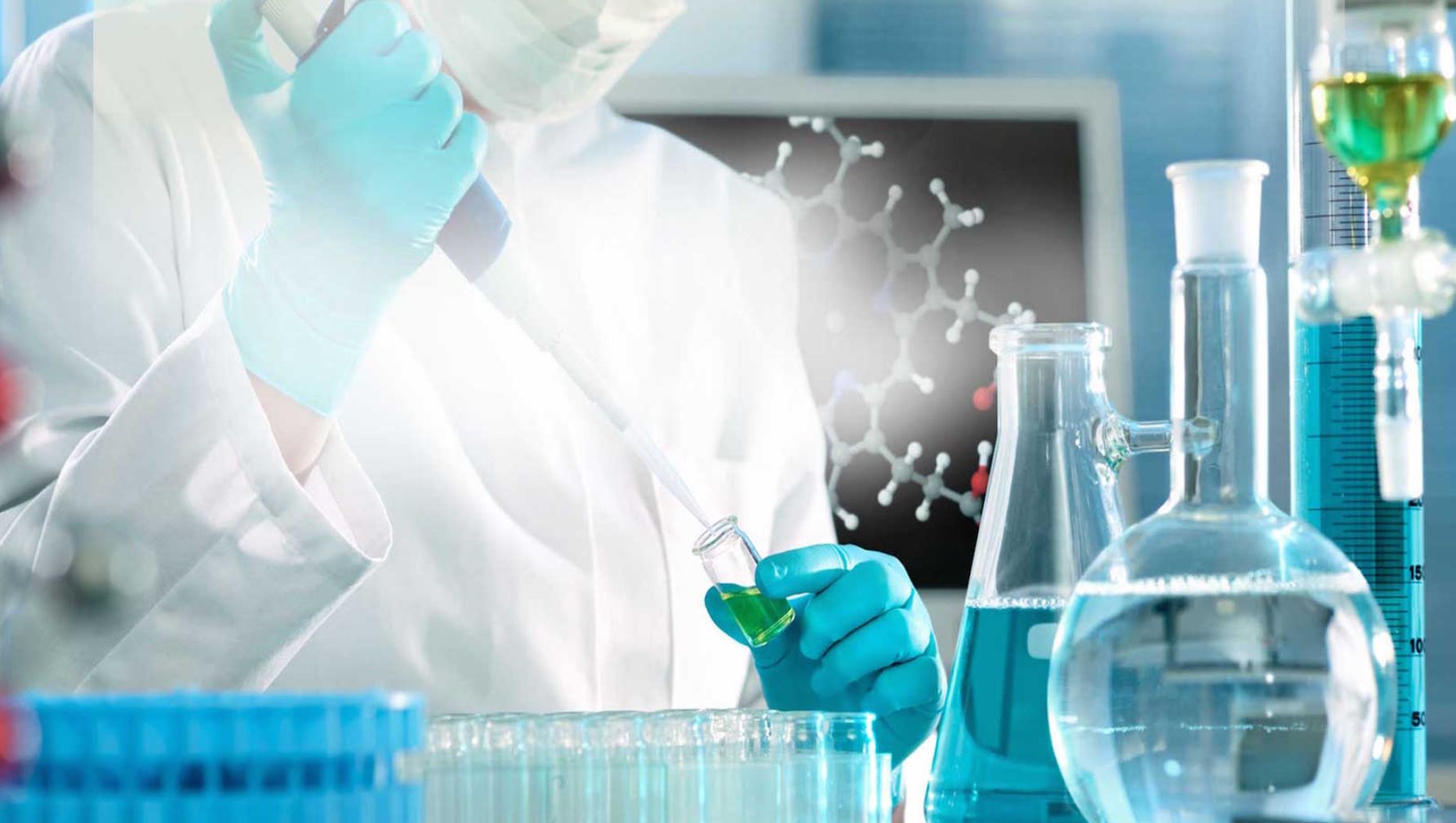NEWS
ABOUT THE BIOTECH INDUSTRY
This page will provide highlights of recent news about the biotech and life sciences industry.
Check out our other pages for information about Risks (including numerous business risks), Key Players, Accidents, CDC Lab Accidents, Dr Anne Vidaver's eye-opening presentation, government Regulations, personal Stories, and a list of Resources.
Shandong Report Blames Multiple Parties for Poisoning Accident
Officials in Shandong province recently released a report for an investigation that found multiple parties at fault for a poisoning accident in October 2024. The incident occurred at the Weifang Jinshi biotech company in Shouguang, Weifang, Shandong province, resulting in seven dead and four injured.
The report, released on the website of the Department of Emergency Management of Shandong Province, concluded that the company was liable for the incident due to its failure to implement confined space operation risk controls, violations of command protocols, unsafe operations, and reckless rescue attempts. The report also placed fault on local Party committees, governments, and relevant departments for inadequate oversight.
The report indicates that five individuals, including the company's actual controller, have been subjected to compulsory judicial measures. Additionally, 21 local government personnel have received disciplinary actions or administrative sanctions.
Local Group Calls for End to Aerial Spraying of Foray 48B
Cranbrook and West Kelowna Branch of the Kelowna Citizens Safety Association (WKB/KCSA) are urgently requesting the cancellation of the proposed aerial spraying of the bacterial pesticide Foray 48B, which contains 87% undisclosed ingredients, in West Kelowna and Cranbrook.The communities are subject to aerial spraying with only 48 hours’ notice, marked by signage at entry points to the spray areas.
“In the Cranbrook spray zone, we have 13 daycare centers, six schools, parks, an endangered butterfly species, wetlands, and a hospital less than one kilometer from the spray drift zone. The danger to the hospital, daycares, and school children is unacceptable.
Managing the Risks of Biotechnology Innovation
Biotechnology advances offer immense public health and consumer potential, but come with serious risks. A recent workshop held by the Council on Foreign Relations brought experts together to discuss new forms of global governance to manage those risks. Biosafety is often underfunded, around the world. At heart, biosafety is an occupational health consideration.
An underutilized tool is the International Organization for Standardization (ISO) Standard Biorisk management for laboratories and other related organisations. Regulatory bodies, scientific journals, and diplomatic scientific engagement should use the ISO standard as a global floor for biosafety management.
After a Covid-Fuelled Adrenaline Rush, Biotech is Crashing -- Many Firms Will Not Survive
Three years ago no one had heard of BioNTech. Today the German biotechnology firm enjoys global renown, as well as annual revenues of $19bn. The company owes both the lustre and the lucre chiefly to the successful mrna covid-19 vaccine which it developed in partnership with Pfizer, an American drug giant. Yet even the effective jab has not immunised it from a downturn afflicting the biotech industry. On August 8th BioNTech reported that sales fell by 40% in the second quarter, year on year, as fewer people are left unjabbed and unboosted. Its share price tumbled by nearly 9%.
The biotech industry is particularly vulnerable to the syndrome of slowing economic growth, higher inflation and rising interest rates. Unlike software firms, biotech companies need constant injections of capital to develop their drugs, which takes lots of time and money.
Porus Laboratories in Andhra Pradesh, India, Shut Down After
Six Workers Died and Many Others Injured Due to a Fire
The Andhra Pradesh Pollution Control Board (APPCB) has shut down Porus laboratories in Eluru district’s Akkireddigudem village after six workers died due to a fire accident on Thursday. Porus Laboratories is a bulk drug manufacturing industry. On April 13, an accident occurred after the explosion of a reactor while manufacturing 4-Nitro-N-methyl phthalimide. The explosion happened due to non-implementation of standard operating procedures. The accident resulted in the deaths of 6 workers and left many others injured. It also resulted in environmental damage in the form of emissions and the generation of hazardous waste.
China Grapples with Lab Safety Following Huge Growth in Student Numbers
In 2016, an explosion involving hydrogen and oxygen at the University of Hawaii in Manoa shocked the scientific world after it led to a postdoc losing her arm and ultimately suing the university, her supervisor and others, arguing that she had been provided with equipment and materials that were inappropriate and unsafe.
But the Hawaii incident was not an isolated one and serious accidents continue to occur all around the world. In mainland China alone, there have been 110 publicly reported accidents in laboratories located between 2000 and 2019, a new analysis has revealed.
Valuations for Biotech Companies Taking a Hit
We're seeing valuations for biotech companies take a hit, down to the point that we're seeing multiple companies at negative enterprise value, which really is quite shocking to see," said Nessan Bermingham. A string of clinical and regulatory stumbles has sapped investors' confidence in the ability of gene therapy companies to reliably turn cutting-edge science into approvable medicines. More companies are running into problems in testing, whether due to newly uncovered safety risks or because of lower-than-expected efficacy. Last year, Bluebird, UniQure and Allogene Therapeutics each halted studies after clinical trial participants developed cancer or, in the case of Allogene, signs of unusual DNA abnormalities.
Deaths Caused by University Lab Blasts Have Some Scientists in China Concerned About a Lack of Oversight and Standardized Safety Protocols
The deaths of two people following a laboratory explosion at a Chinese university in October have raised alarm among researchers. Nine people were injured and two died. These deaths are the latest in a series of fatalities caused by explosions in academic laboratories in China, often involving students in chemistry departments, that have been reported in recent years. A study that focused on safety in graduate and undergraduate teaching labs, and was published online last month, claims that “the past two decades have seen a rise in university laboratory accidents in China.”
Mayo Clinic Buys 228 acres to Build Massive Biotech Campus
Mayo Clinic has acquired 228 acres of land adjacent to its campus in North Phoenix, securing the ability to expand its patient-centered model of care and paving the way to develop a transformative biotechnology corridor called "Discovery Oasis." Mayo Clinic will invite collaborators to join them in pushing past the existing boundaries in medicine and health care. (Will they include proper safety standards, training, supervision, leadership and accountability to avoid the injuries and deaths that have been occurring in other facilities?)
Amazon Invests $15 Million in Nautilus Biotechnology
Amazon.com Inc. invested over $14.7 million into Nautilus Biotechnology, the company disclosed in a regulatory filing at the end of July. Amazon has been making a number of moves to further its health care business. Amazon has been making a number of moves to further its health care business. In 2018, it bought the startup PillPack for $753 million, giving itself an online pharmacy. Its cloud-computing division, Amazon Web Services has also built up a presence in health care, including its rollout of HealthLake, a service to store and analyze health care data.
New Biotech Labs in San Francisco International Airport Flight Paths
On August 2, 2021, the Millbrae City Council approved a resolution to consider overriding the City/County Association of Governments San Mateo County Airport Land Use Commission which sided with SFO (San Francisco International Airport) in expressing safety concerns. SFO representatives sent a letter back in January to Millbrae officials expressing concerns with a proposal to allow biotech businesses to occupy commercial developments in the Millbrae Station Area Specific Plan. The city will start a 45-day review period.
France Issues Moratorium on Prion Research after Fatal Brain Disease Strikes Two Lab Workers
Five public research institutions in France have imposed a 3-month moratorium on the study of prions—a class of misfolding, infectious proteins that cause fatal brain diseases—after a retired lab worker who handled prions in the past was diagnosed with Creutzfeldt-Jakob disease (CJD), the most common prion disease in humans. If so, it would be the second such case in France in the past few years. In June 2019, an INRAE lab worker named Émilie Jaumain died at age 33, 10 years after pricking her thumb during an experiment with prion-infected mice.
Pandemic Spurs Conversion of Offices to Labs
The pandemic dealt a gut punch to landlords of office buildings. Aware that work can go on with employees logging in from home, businesses across the country shrank their spaces or eliminated them entirely. But there is hope for anxious landlords: The life sciences industry, flush with cash from a record $70 billion of private and public capital investments in North America last year, is swooping in to claim that empty space. Across all major markets, the industry’s breakneck growth is creating a need for 34 percent more laboratory space than a year ago. Read the 2021 report by Cushman & Wakefield on the Life Sciences Industry.
Zymergen Flops, Cuts Planned as CEO Exits
Zymergen Inc., the fast-growing synthetic biology company promising to use microbes to make a wide range of nature-friendly materials, parted ways with its founding CEO and pledged to re-evaluate its business and make deep cost cuts after its initial thin-film product flopped with customers. Zymergen's sudden fall brings to mind the risks in life sciences, a business that faces sets of innovation, development, regulatory, patent and commercial challenges.
How to Make Sure the Labs Researching the Most Dangerous Pathogens are Safe and Secure
Since 2001, biological risks—from terror attacks involving anthrax letters to outbreaks of new and re-emerging infectious diseases like SARS, Ebola, H5N1 avian influenza, MERS, and Zika—have been galvanizing a global construction boom of research labs meant for work on the deadliest pathogens. The history of lab accidents and lab-worker infections is disturbingly long. The International Organization for Standardization, often called ISO, develops environmental, safety, and other standards for a wide-array of products and processes. In 2019, the organization released ISO 35001, a standard on biorisk management for laboratories that work with dangerous pathogens. Several countries are supporting the establishment of this standard.
The Blessing and Curse of Biotechnology: A Primer on Biosafety and Biosecurity
The coronavirus pandemic has brought into sharp focus the possible benefits and potential pitfalls of biotechnology research. Continuing advances in biotechnology provide a plethora of opportunities to address global challenges. However, the same technologies can be deployed by nefarious actors or hostile states to create deadly pathogens that can deliberately cause human infections, negatively target agricultural supply chains, or disrupt existing ecological balances. The world has already seen some troubling historical precedents of the deliberate misuse of biotechnology to develop bioweapons, instances of accidental releases of living organisms from labs, and cases of laboratory-acquired infections.
Complex Policies and Poor Communication Make Workers’ Compensation a Mess for US Graduate Students
Chemistry PhD student Shiva Dastjerdi was working in her Boston University research lab synthesizing candidates for cancer drugs. She was walking across the lab carrying a small vial containing trifluoroacetic acid when her foot slipped on a wet spot on the floor. The acidic solution splashed out of the uncapped vial and onto her upper chest. Her initial frustration with medical personnel was minor compared with what happened over the next several months, as Dastjerdi landed in the maddeningly complex world of US workers’ compensation laws and how they do—or do not—cover medical expenses for graduate students injured while working in a research lab.
Army Germ Lab Shut Down by CDC in 2019 Had Several 'serious' Protocol Violations that Year
An Army laboratory at Fort Detrick that studies deadly infectious material like Ebola and smallpox was shut down for a period of time after a CDC inspection, with many projects being temporarily halted. Several of the laboratory violations the CDC noted in 2019 concerned "non-human primates" infected with a "select agent", the identity of which is unknown.
Top Science Mishaps (Laboratory Accidents) Over the Past 60 Years
As scientific discoveries advance the field of chemistry, scientists have become more aware of the health risks laboratory work poses to both lab workers and the general public. But understanding the importance of lab safety on a theoretical level does not always translate to following lab safety protocols in actual practice. Lab workers get complacent. This article includes the stories of Thea Elkins Coward, a freezer malfunction at Harvard Brain Tissue Resource Center, Michele Dufault, Janet Parker, the Marburg Outbreak, Cecil Kelley and several others.
Nearly 400 Accidents with Dangerous Pathogens and Biotoxins Reported in U.S. Labs over 7 Years
Some 395 reported "potential release events" of "select agents" occurred in U.S. government laboratories between 2003 and 2009, the University of Minnesota's Center for Infectious Disease Research and Policy (CIDRAP) reported. "Select agent" is government-speak for a biological agent or toxin that is considered to pose "a severe threat" to human, animal or plant health—or livestock and agricultural products. Just what were these little incidents? Most (196) were an unspecified "loss of containment."


